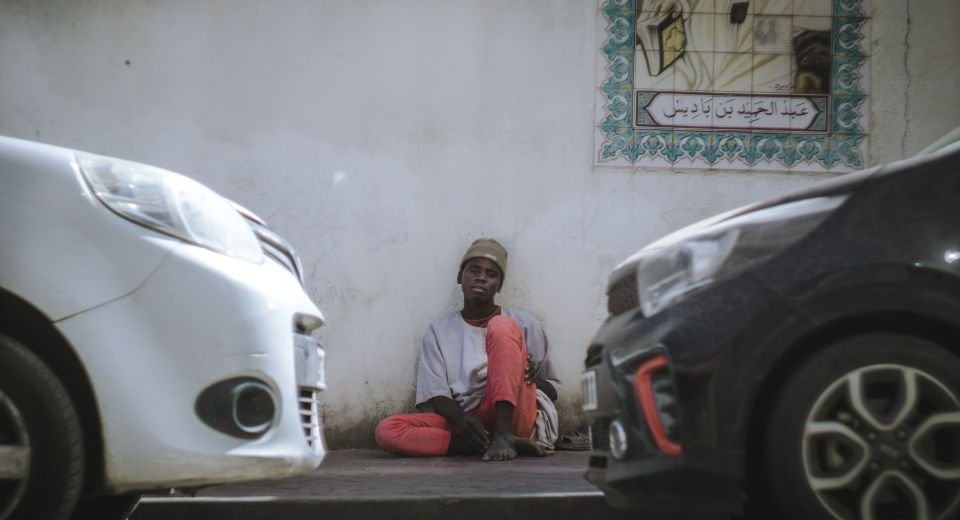HQ Team
May 30, 2023: Hunger is set to increase in severity and magnitude in 18 global hotspots out of 22 designated nations, including Sudan, due to conflicts, climate extremes, and economic shocks.
Haiti, the Sahel — Burkina Faso — and Sudan have been elevated to the highest concern levels, joining Afghanistan, Nigeria, Somalia, Yemen, and South Sudan, according to a report by the Food and Agriculture Organization and the United Nations World Food Programme.
The report titled ‘Hunger Hotspots – FAO-WFP early warnings on acute food insecurity’ stated that the new hotspots of concern were listed because of severe movement restrictions to people and goods in Burkina Faso, Haiti, and Mali, and the recent outbreak of conflict in Sudan.
The Central African Republic, the Democratic Republic of the Congo, Ethiopia, Kenya, Pakistan, and Syria were hotspots of “very high concern” during the June to November period this year.
Myanmar and Lebanon have been added to the list of hotspots, joining Malawi and Central American nations such as El Salvador, Guatemala, Honduras, and Nicaragua.
‘Act now’
“Not only are more people in more places around the world going hungry, but the severity of the hunger they face is worse than ever,” said Cindy McCain, WFP’s Executive Director.
The report clarified that “we must act now to save lives, help people adapt to a changing climate, and ultimately prevent famine. If we don’t, the results will be catastrophic,” said McCain.
Economic shocks and “stressors” continued to drive acute hunger in almost all hotspots, reflecting global trends that were carried over from 2022 when economic risks were driving hunger in more countries and for more people than conflict was.
These risks were linked to the socioeconomic fallout from the COVID-19 pandemic and the ripple effect of the war in Ukraine, according to the report released on May 29.
The International Monetary Fund has projected global GDP growth at 2.8% percent in 2023 – the lowest level in ten years.
Sub-Saharan Africa’s GDP was forecast to grow 0.3% less than in 2022. Low- and middle-income countries are expected to be hit the hardest by the projected slow growth in their main export markets, alongside inflation rate hikes in high-income economies that will rely heavily on exports to advanced economies.
Global food prices
With global food prices likely to remain elevated compared with historical standards in the coming months, macroeconomic pressures in low- and middle-income countries were unlikely to ease, according to the report.
“This means that the subsequent drop in purchasing power will negatively affect families’ access to food in the coming months in many hotspots.”
A likely El Niño climatic phenomenon is raising fears of climate extremes in vulnerable countries around the globe.
“Business-as-usual pathways are no longer an option in today’s risk landscape if we want to achieve global food security for all, ensuring that no one is left behind.” said Qu Dongyu, FAO chief.
“We need to provide immediate time-sensitive agricultural interventions to pull people from the brink of hunger, help them rebuild their lives, and provide long-term solutions to address the root causes of food insecurity.
“Investing in disaster risk reduction in the agriculture sector can unlock significant resilience dividends and must be scaled up,” he said.
83% chances of El Nino
Meteorologists forecasted a major risk of El Niño conditions to emerge by mid-2023 with an 82% probability.
The expected shift in climate patterns will have significant implications for several hotspots, including below-average rains in the Dry Corridor of Central America, and raises the spectre of consecutive extreme climatic events hitting areas of the Sahel and the Horn of Africa.
The spillover from the crisis in Sudan is driving massive population displacement and hunger among people forced from their homes in search of refuge and those hosting them, the report stated.
More than one million people were expected to flee the country while an additional 2.5 million inside Sudan were set to face acute hunger in the coming months.
Sudan was already hosting over one million refugees – and if the conflict persists hundreds of thousands are likely to return to their counties of origin – many of which are already in the grips of underfunded and protracted refugee crises, compounded by social, political, and economic stressors.
Displacement
Displacement into neighbouring countries and disruptions to trade risk also drove tensions among displaced people, those hosting them, and new arrivals.
Many hard-hit countries were already grappling with significant numbers of displaced people competing for limited livelihood and labor opportunities – particularly Chad and South Sudan – where fragile sociopolitical environments are at risk of deteriorating.
The UN agencies called for urgent humanitarian action to save lives and livelihoods and prevent starvation and death in hotspots where acute hunger is at a high risk of worsening from June to November this year.
